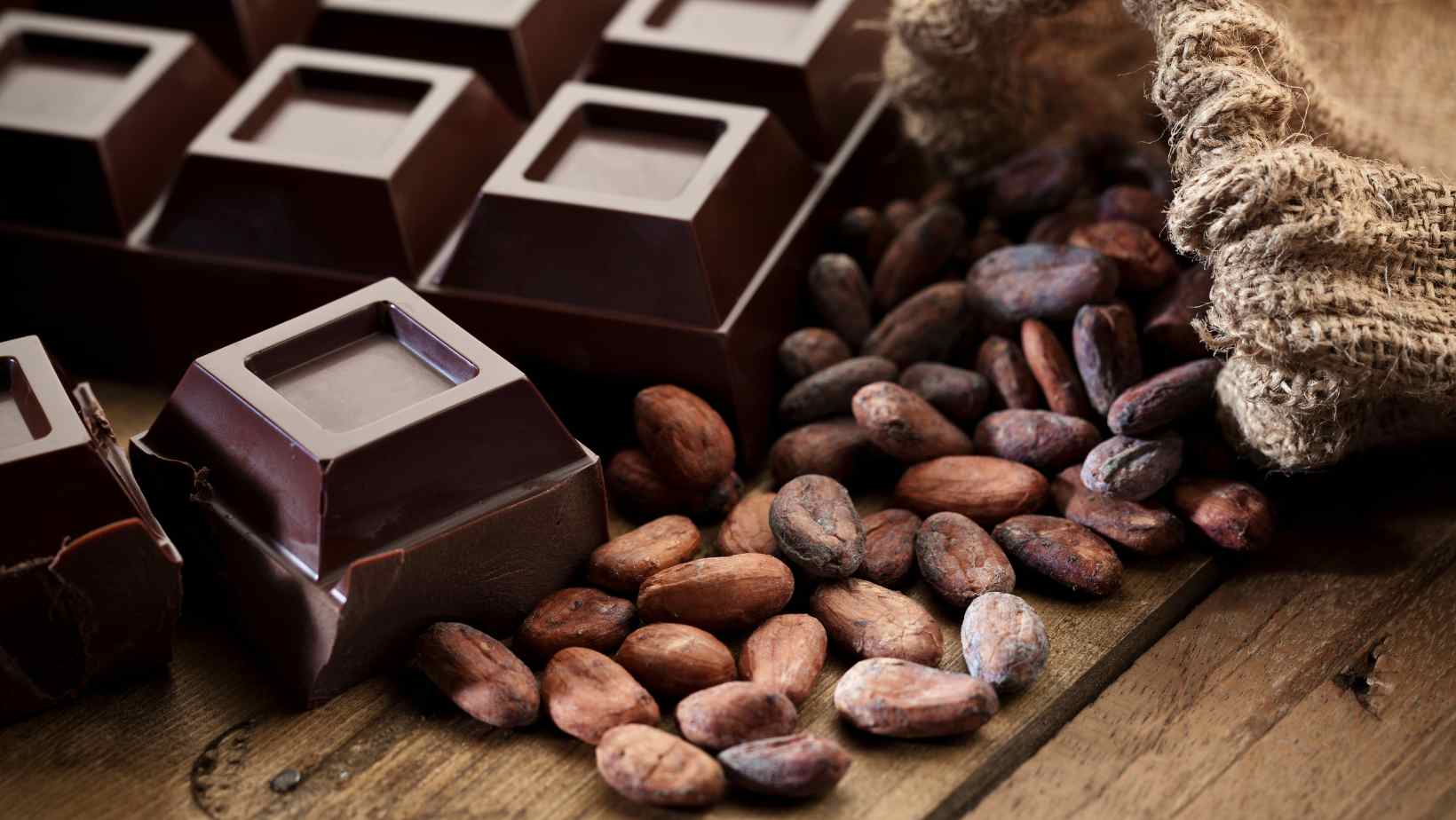As a self-proclaimed chocolate enthusiast and college nutrition instructor, I found myself pondering the age-old question: at what point does dark chocolate transition from indulgence to health food? Armed with a continuous glucose monitor (CGM) from Levels and a selection of Ghirardelli dark chocolates, I embarked on a 4-day breakfast experiment to uncover how different cacao percentages and sweeteners impact blood sugar response.
The Importance of Timing
To isolate the effects of the chocolate, I consumed my 200-calorie portions at 7 AM on an empty stomach, forgoing exercise but indulging in my morning black coffee. By testing the chocolates as my first meal of the day, I eliminated the confounding variables that would arise from combining them with other foods.
Revisiting 72% Cacao: A Subpar Start
In a previous experiment, I tested 72% cacao chocolate, the minimum percentage to earn the “healthy chocolate” label. The results were underwhelming, with the Levels app assigning a mediocre score of 4 out of 10 due to a 39-point blood sugar spike. This time, I aimed to explore how increasing cacao content would alter the outcome.
The Levels App: Simplifying Blood Sugar Tracking
Throughout my experiment, the Levels app proved invaluable in assessing the blood sugar impact of each chocolate. By simply snapping a photo of my food, I could monitor my glucose levels over the next two hours, receiving an easy-to-understand score out of 10. The app considers both the immediate blood sugar spike and the stability of the rise and fall over time.
86% Cacao: Swapping Sugar for Fat
Moving up to 86% cacao, I noticed a shift in the ingredients list. Cane sugar and cocoa butter traded places, indicating less sugar and more fat in the bar. Since dietary fat causes little to no blood sugar rise compared to carbohydrates, I anticipated a gentler glucose response—and I was right. The 86% bar earned a respectable score of 7, with a more stable blood sugar curve than its 72% counterpart.
92% Cacao: The Dark Horse Winner
The 92% cacao bar boasted a similar ingredient profile to the 86%, with a minor swap between natural flavor and vanilla extract. The slightly higher fat and lower carb content led me to expect an even better blood sugar response—and I was not disappointed. With a score of 8 out of 10, the 92% chocolate emerged as the clear frontrunner in terms of glucose stability.
100% Cacao: A Surprising Setback
Logic would suggest that 100% cacao, with its single ingredient of unsweetened chocolate, would be the blood sugar champion. However, my experiment yielded a shocking result. The 100% bar scored a mere 5 out of 10, inducing a moderate spike more akin to the high-sugar 72% chocolate than the 92% variety. This perplexing outcome may be partially attributed to the higher carbohydrate content of pure cacao, but questions remain.
The Calorie Conundrum: Deciphering Discrepancies
A closer examination of the 100% cacao nutrition label revealed a puzzling inconsistency. While the serving size was standardized to 200 calories, the macronutrient breakdown suggested a total of 286.1 calories when applying the conventional 9-4-4 calorie model for fat, carbohydrates, and protein. Although nutrition labels are allowed a 20% margin of error, this 86-calorie difference is perplexing and warrants further investigation.
Sugar Substitutes: A Promising Alternative?
In addition to varying cacao percentages, I tested a Skinny Me dark chocolate bar sweetened with inulin, erythritol, natural flavors, and stevia. This bar received a respectable Levels score of 7, suggesting that non-sugar sweeteners can help control blood sugar response. However, without a clear indication of the cacao content, it’s difficult to assess its overall health benefits.
The 92% Cacao Triumph
Based on the Levels scores, 92% cacao chocolate emerged as the clear winner, offering the best balance of blood sugar stability, high cacao content, and a touch of sweetness that didn’t overstimulate appetite. The sugar substitute bar and 86% cacao followed closely, with the 100% and 72% options trailing behind.
Limitations and Personal Variations
It’s important to acknowledge that this experiment, conducted in my kitchen, lacks the rigorous controls of a formal scientific study. Additionally, individual responses to dark chocolate may vary based on factors such as insulin sensitivity. While my results provide valuable insights, they may not be universally applicable.
The Bigger Picture: Snacking and Weight Loss
Although this experiment focused on blood sugar stability, it’s crucial to consider the broader context of health goals. For those prioritizing weight loss, avoiding snacking altogether may be more beneficial than seeking out the “perfect” dark chocolate. Moderation remains key, even when indulging in higher cacao options.
Empowering Individuals with CGM Technology
While I used the Levels CGM system for this experiment, there are various ways to monitor blood sugar responses. From traditional finger-prick tests to prescribed CGMs, individuals have increasingly accessible options to gain insights into their unique metabolic responses. By democratizing this technology, we can empower people to make data-driven decisions about their health and nutrition.
The Future of Personalized Nutrition
As we continue to explore the intricacies of how food affects our bodies, experiments like this underscore the importance of personalized nutrition. By understanding how individual factors shape our metabolic responses, we can move beyond one-size-fits-all dietary advice and tailor our choices to optimize health and well-being. The future of nutrition lies in harnessing the power of technology and data to create customized approaches that celebrate our unique physiologies.
Navigating the Chocolate Landscape
Armed with the knowledge gained from this experiment, we can approach the world of dark chocolate with a more discerning eye. By prioritizing higher cacao percentages and monitoring our personal blood sugar responses, we can indulge in this beloved treat while minimizing potential metabolic disruption. However, it’s crucial to remember that the health benefits of dark chocolate extend beyond blood sugar stability, and moderation remains the guiding principle in any balanced diet.
